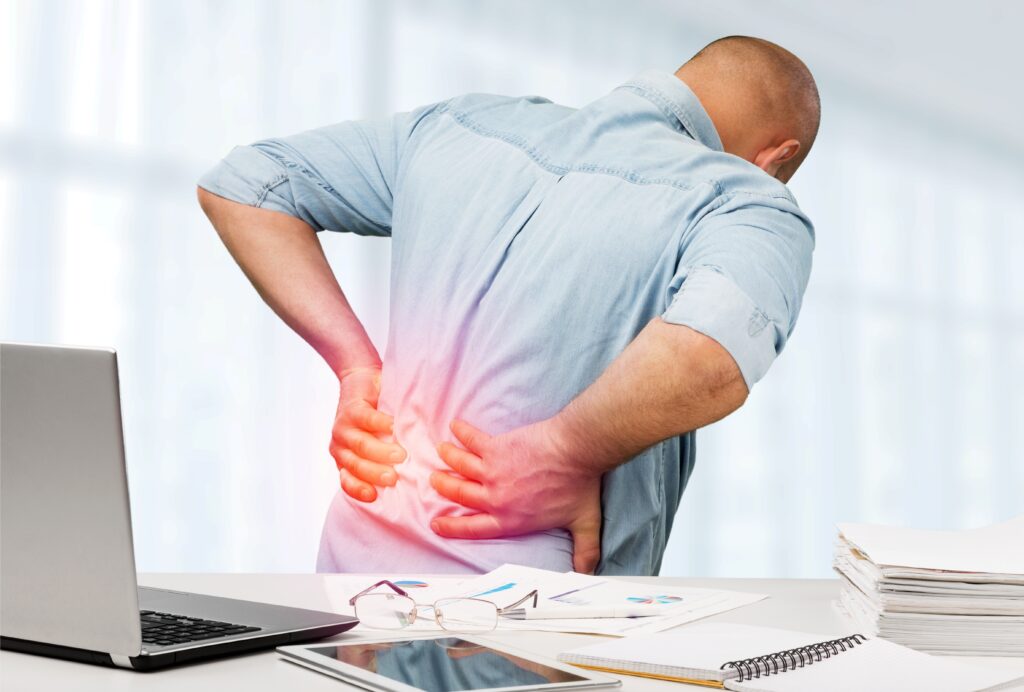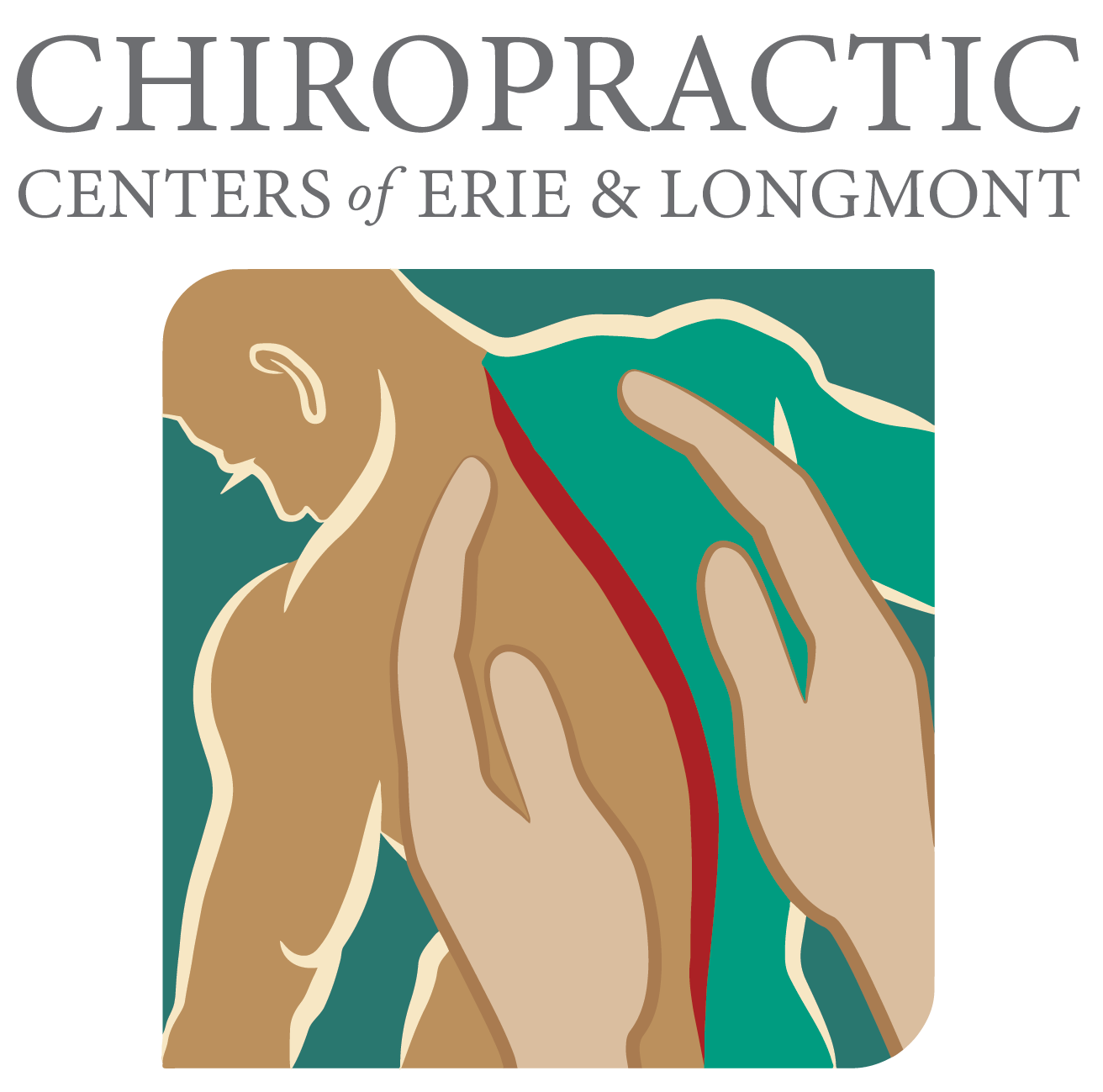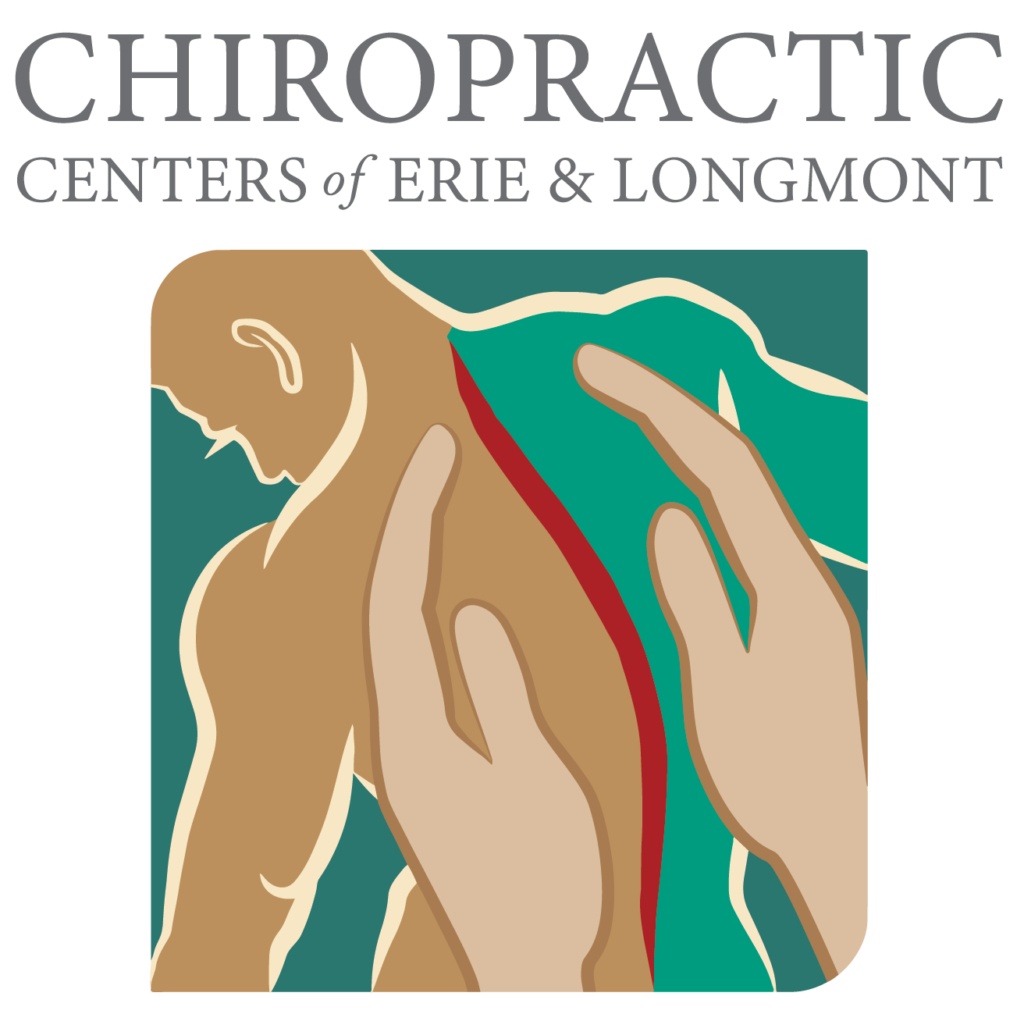Chiropractic Care for Back Pain

If there was ever a time when you wished you could get rid of back pain without any medication, then chiropractic care is the answer for which you have been searching. Contrary to widespread belief, chiropractic care is not just a crack-and-go procedure – it is a holistic form of therapy that can help you find relief from a variety of back pain ailments. In this post, we will look at the many ways that chiropractic care can help provide relief from back pain and discuss why it has become such a popular option for those looking for a drug-free way to address their back pain issues. Ready to learn more? Let us get started!
Quick Breakdown
Chiropractic care can be an effective way to reduce symptoms associated with back pain, such as muscle tension and stiffness. Regular chiropractic adjustments can also help improve spinal alignment and range of motion, helping promote long-term spinal health.
What is Chiropractic Care?
Chiropractic care is a holistic health care approach that involves manipulating the spine to improve overall health and well-being. It involves using a variety of manual techniques as well as other tools, such as ultrasound or electrical stimulation, to adjust misalignments in the spine and to reduce stress on the body’s nervous system. Although it is often used to treat musculoskeletal issues such as back pain, it can also be used to treat a variety of other ailments including headaches and digestive problems.
Proponents of chiropractic care point to numerous studies that suggest that chiropractic adjustments can reduce neck and back pain, improve range of motion, decrease symptoms of carpal tunnel syndrome, and even lead to improved mental health and well-being. Therefore, there does seem to be some evidence suggesting that chiropractic care is beneficial for certain conditions.
Overall, chiropractic care remains a valuable tool for treating a variety of illnesses and chronic conditions. While it may not be appropriate for every situation or person, understanding it better can help people make more informed decisions regarding their healthcare options. Let us investigate what components comprise chiropractic care.
Components of Chiropractic Care
Chiropractic care is essentially the diagnosis and treatment of musculoskeletal disorders, such as back pain, using manipulation and adjustment of the spine. However, it involves much more than just that. A chiropractor’s role includes taking a patient’s medical history and conducting physical examinations to accurately diagnose the source of back ache before proceeding with any type of treatment.
In addition to manipulation and adjustment, the other components of chiropractic care include soft tissue techniques, rehabilitation exercises, nutrition advice, lifestyle counseling, and more. Addressing each of these aspects can aid in providing comprehensive relief from back pain by helping an individual build strength and stability while also improving their overall well-being.
While some might remain skeptical about this holistic approach to treating lower back problems, it’s critical to realize that chiropractic care has helped millions of individuals find relief from their symptoms. With this level of success and growing evidence supporting its effectiveness, it certainly seems worthwhile to explore all options available when seeking non-invasive solutions for managing chronic back pain.
Moving forward, it’s important to understand the potential benefits that chiropractic care may offer in order to decide if it’s a good choice for you or someone you know suffering from lower back pain.
Benefits of Chiropractic Care for Back Pain
Chiropractic care for back pain presents many potential benefits. These include reduced aches and pains, increased range of motion in the back, improved spinal alignment, and neurological balance. Chances are, if you are seeking chiropractic treatment for your back pain, these are some of the main goals you hope to achieve.
One study found that individuals with subacute or chronic low-back pain had greater improvement after 10 weeks of manual-based therapy compared to those who received conventional medical care alone. Results included fewer visits to their medical physician due to decreased levels of pain and improved stiffness. Other studies have supported this finding in both acute and chronic low-back pain cases.
The cumulative results of these studies suggest that chiropractic care does indeed have a positive effect on reducing certain types of back pain—including lower back pain caused by sciatica, muscle spasms, herniated discs, sacroiliac joint dysfunction, and nerve impingement—and improving physical functioning to help patients return to their normal activities.
By providing relief from painful symptoms and enabling mobility through adjustments and rehabilitative exercises, beneficial changes can be made to posture and spine alignment for a reduction in back discomfort over time. As such, it is safe to say that chiropractic care can offer many people a much-needed reprieve from their common back problems—particularly when used in tandem with lifestyle modifications like diet alterations and exercise regimens. Next up we will discuss how improving posture and alignment through regular chiropractic sessions can provide additional relief from lingering aches and pains related to bad posture or misalignment issues.
Improving Posture and Alignment
In addition to pain relief, chiropractic care is also beneficial for improving posture and spinal alignment. An ideal spine is a straight line from neck to tailbone that supports proper posture; however, due to poor body mechanics such as standing office jobs, carrying heavy backpacks, or even just slouching a person’s spine can become misaligned and weak. When this happens, the body’s natural weight distribution becomes imbalanced which can lead to increased muscle stress and pain. Chiropractic adjustments help correct posture by realigning the spine through gentle manipulation of the spinal vertebrae.
Research suggests that when manual manipulations are used regularly as part of an overall treatment plan for correcting postural issues, there is often an improvement in lumbar lordosis (curvature of the lower spine), increased range of motion at the mid-thoracic area (upper-middle back), a decrease of symptoms related to movement impairments such as pain, stiffness, and tenderness. This not only helps reduce pain but can potentially prevent further musculoskeletal issues from developing in the future.
Therefore, although chiropractic care for back pain should never be considered an isolated solution for curing spinal misalignment or correcting posture permanently when combined with other activities like strengthening exercises or lifestyle changes pertaining to ergonomics and nutrition can certainly aid in achieving longer therapeutic benefits. Moving forward, enhancing flexibility is another key component needed to achieve optimal muscular balance and balance core strength so that your body can stay better aligned long-term.
Relaxing Muscles and Enhancing Flexibility
One of the key benefits of chiropractic care for back pain is that it can relax muscles and enhance flexibility. During a chiropractic adjustment, the doctor applies pressure to certain areas of your back to reduce muscle tension that is contributing to any pain or discomfort you may be feeling. This kind of care is beneficial because it can help release those tight muscles and improve the range of motion.
It is important, however, to note that there are both proponents and opponents of chiropractic care for this purpose. There’s evidence to support that regular chiropractic treatment, such as manual manipulation therapy, has proven to be effective in reducing musculoskeletal pains in the low back region more than non-chiropractic therapies such as exercise therapy. Additionally, studies have also shown manual spinal manipulative therapy can improve the range of motion and reduce stiffness better than medication-based treatments.
Ultimately, relieving muscle pain is only one part of a comprehensive plan for healing from back pain; so transitioning now into talking about possible risks involved with chiropractic care as part of pursuing pain relief is recommended next in order to ensure a full understanding of all potential outcomes.
When to Seek Professional Chiropractic Care
When it comes to seeking professional chiropractic care for lower back pain, there is a wide range of opinions and theories. Some argue that severe or chronic pain should be the only reason to seek this type of care, while others suggest that even minor discomfort could be alleviated through chiropractic treatments.
One thing is certain: if traditional treatments such as over-the-counter medications, physical therapy, and exercise aren’t providing relief, then consulting a professional chiropractor may be necessary. In some cases, such as those involving herniated discs or sciatica, seeing a chiropractor is oftentimes the best option from the start.
Proponents of chiropractic care point to the body’s innate ability to heal itself through physical manipulation and adjustments. They note the effectiveness of spinal manipulations in reducing tightness and pressure in the back muscles. They also point to studies showing that people who receive consistent chiropractic adjustments report better overall health with fewer episodes of back pain than those who rely exclusively on other treatments.
At the end of the day, deciding whether or not to consult a professional chiropractor for lower back pain should take into account an individual’s specific medical history, current symptoms, and comfort level with manipulating their own spine. When all other avenues have been exhausted without finding lasting relief, chiropractic care may offer a safe and effective solution for managing lower back pain.
Services
What We Treat
Patient Types
FAQ
Frequently Asked Questions and Answers
Chiropractic care is a non-invasive form of health care that focuses on the neural, skeletal, and muscular systems. It uses manual adjustment techniques to manipulate the spine and other joints to restore optimal functioning and reduce pain. This form of medical treatment stresses a holistic approach to addressing issues with the body and aims to treat the underlying cause of back pain, rather than just its symptoms.
The chiropractor carefully uses their hands to gently apply force to a joint in order to stretch muscles, ligaments, and tendons, which helps alleviate tightness that can contribute to back pain. Doing this can help improve the range of motion, circulation, posture, flexibility, and stability.
In addition to manipulation, chiropractors may also recommend specific exercises to help strengthen certain muscles and reduce strain on the back. In combination with these treatments, some chiropractors may also provide massage therapy or exercises like yoga or tai chi which are specifically designed to target areas associated with back pain. All these treatment options work together to help provide relief from back pain by addressing any underlying issues which can contribute to discomfort.
The long-term effects of chiropractic care for back pain are impressive. Studies have shown that those who receive regular chiropractic adjustments experience improved health and reduced pain for up to 3 years after the initial treatment. Additionally, chiropractic adjustments have been associated with in increased range of motion, greater flexibility, reduced inflammation, and improved posture. These benefits can lead to a long-term reduction in pain as well as improvements in overall physical performance.
Chiropractic care is an effective form of natural health care that focuses on the spine and other supportive structures in the body. It is highly recommended for people suffering from chronic back pain since it focuses on addressing the underlying cause of the issue rather than just easing symptoms. This can improve overall health outcomes by providing long-term relief from muscle spasms and joint stiffness, which can make daily activities such as walking or lifting objects much easier.

